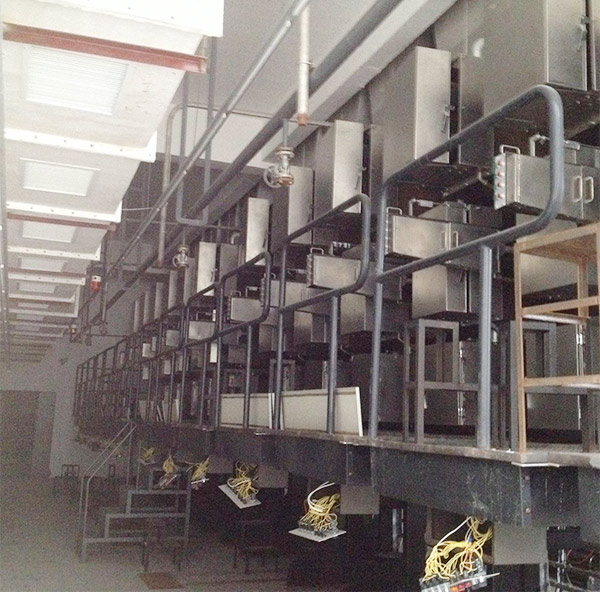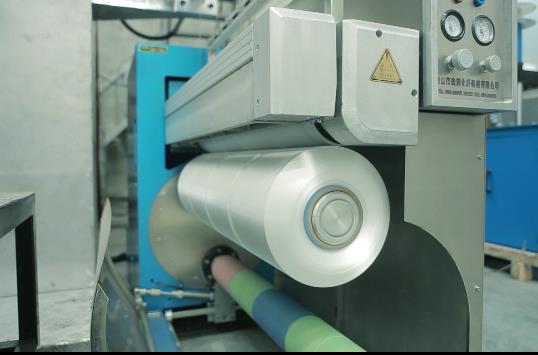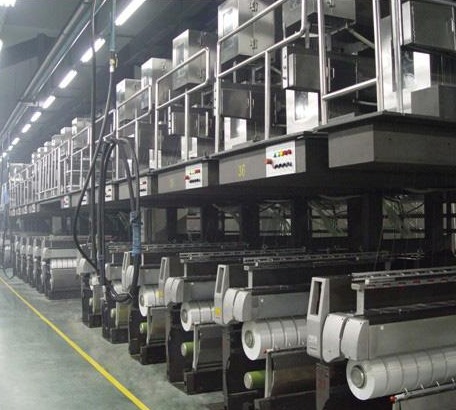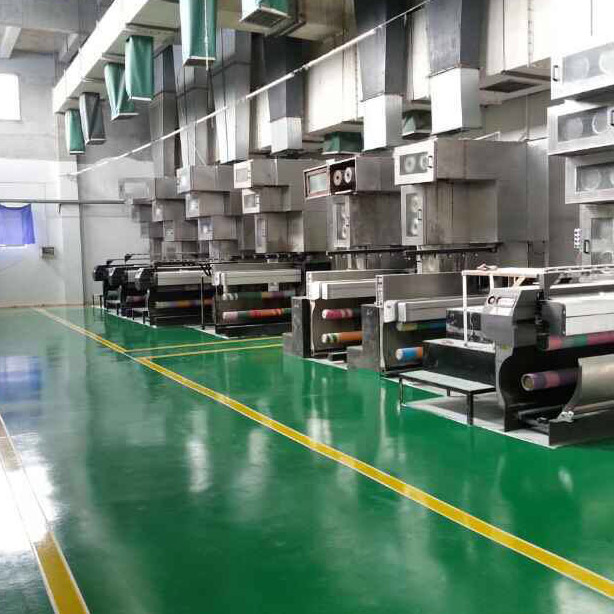- Polypropylene spinning machine
- Polypropylene FDY equipment
- Polyester POY spinning machine
- Polyamide FDY common and high strength equipment
- Polyester FDY equipment
- Polyester high strength equipment
- polyester、Polyamide、 Polypropylene BCF equipment
- Small spinning machine
- All kinds of spinning special parts
- 立冬至,问冬安|富邦化纤机械以匠心蓄能,愿你冬来皆安,岁岁无忧!
- The National Alliance of Model Workers and Skilled Craftsmen Innovation Studios in the Textile Industry was established
- Polypropylene FDY Spinning Machine: Technical Features and Application Fields
- On the Chongyang Festival, we respect the elderly and pass on warmth. Fubang Machinery wishes all our respected elders to bloom like ancient maple leaves and brave the frost like late chrysanthemums!
- The professional attire supply and demand matching conference builds a platform for industrial cooperation
- The polypropylene spinning machine is the core equipment driving industrial upgrading

- Contact:Mr. Huang Guofu
- Cel:0086-13901505556
- Fax:0086-519-83341119
- Email:czfb5556@126.com
- Add:No. 288-8 ChangLi Rd, Huangli Town, Changzhou, JS PRV.
With the improvement of social and economic level, people's living needs continue to increase, and traditional textiles have been difficult to meet market demand. In this context, traditional textile technology is deeply integrated with chemistry, materials, microelectronics, information, etc., and smart textile materials are born, and smart textiles are produced.
As a new technology in the textile industry, smart textiles use active intelligent organizations to sense changes in the external environment and respond in time. With the popularity of smart textiles, smart clothing is constantly being upgraded to meet people's daily needs.
With the continuous improvement of the level of science and technology, the application of smart textiles has developed rapidly. For example, in the field of special protection. Workers often encounter dangerous situations during special operations, and personnel may be injured as a result. Applying smart textiles to the field of special protection can make use of its intelligent functions to reduce the possibility of accidents.
Not only that, the application of smart textiles in sports has also been brought into full play. For example, smart textiles are applied to various sports products such as smart sports shoes and built-in heating system ski shirts. Moreover, there are children's ski clothing with electronic tracking function, which can better ensure the personal safety of children.
Of course, the industrial transformation of the textile industry is not only an opportunity but also a challenge. Because smart textiles contain chips, electronic components, etc., they may cause radiation damage to the human body for a long time. In the process of recycling smart textiles, the impact on the ecological environment is also very large.
A complete set of smart textile quality inspection standard system plays a key role in the sustainable development of smart textiles. Therefore, for the textile industry, it is particularly important to establish a comprehensive testing system, such as production standards, method standards, safety standards, strict accreditation by relevant regulatory authorities, and professional certification reports.
As the functions of smart textiles become more and more diversified, there are more and more challenges that follow. How to improve the quality and safety of smart textiles is the current predicament for the textile industry to solve. But I believe that in the near future, the development of smart textiles will break through the predicament, make smart textiles more and more intelligent, and improve people's quality of life.
- 立冬至,问冬安|富邦化纤机械以匠心蓄能,愿你冬来皆安,岁岁无忧!
- The National Alliance of Model Workers and Skilled Craftsmen Innovation Studios in the Tex
- Polypropylene FDY Spinning Machine: Technical Features and Application Fields
- On the Chongyang Festival, we respect the elderly and pass on warmth. Fubang Machinery wis
- The professional attire supply and demand matching conference builds a platform for indust
- The polypropylene spinning machine is the core equipment driving industrial upgrading
- Management Skills: Unlock New Management Efficiency! Six core strategies to break through
- The 2025 International Advanced Fiber Materials Innovation Conference was held in Shengze
- Polypropylene spinning machine is a key link in the production of synthetic fibers
- When Xiang embroidery meets cheongsam, the two intangible cultural heritages join hands, a




